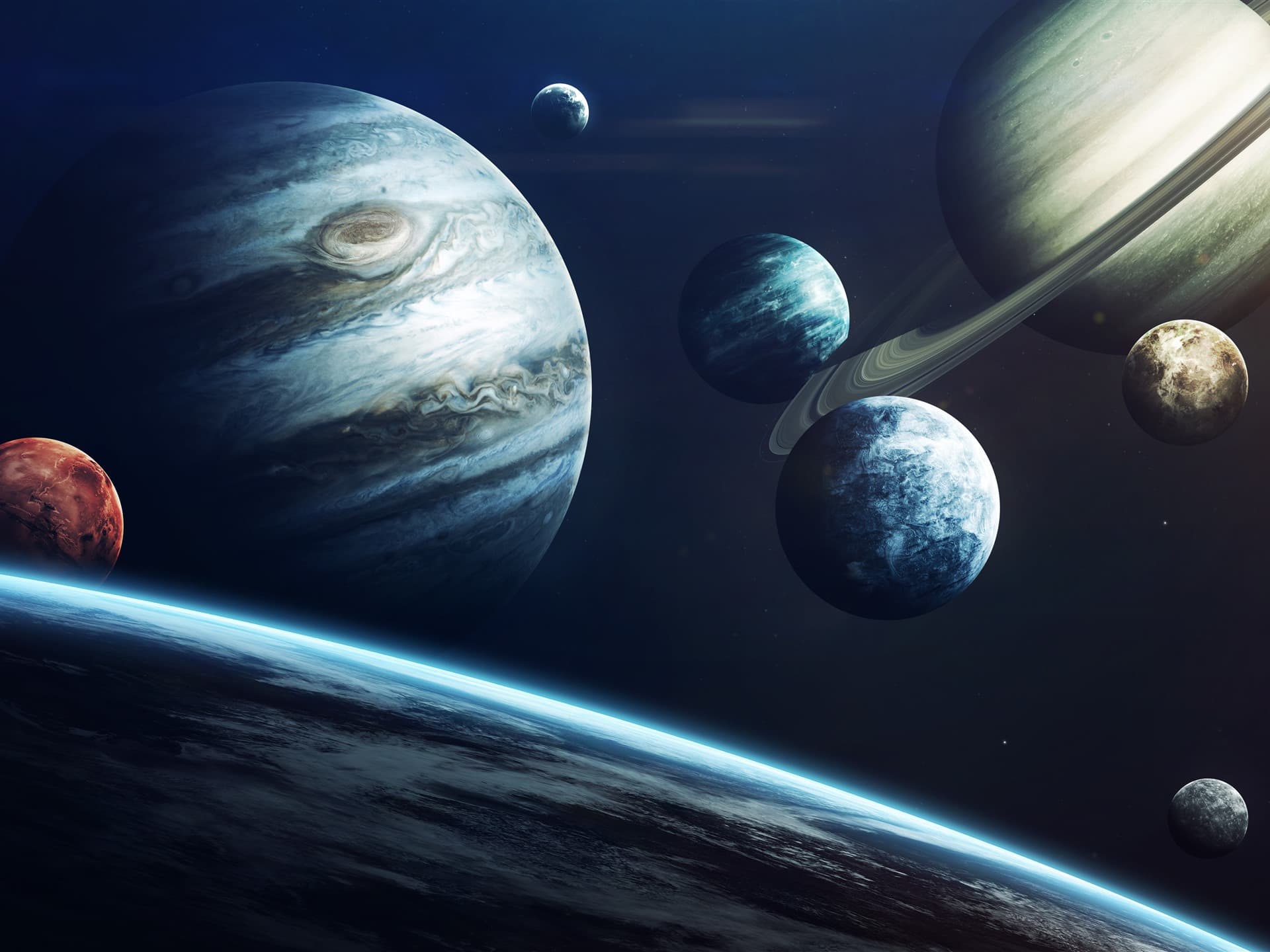In 2016, the news that a huge ninth planet may well exist in our solar system spread around the world. There is much more to learn about this potentially new counterpart in the future, but we already know that the huge planet is at least 12 times the size of Earth.
The fact that such a huge body has not yet been discovered clearly demonstrates how little we really know about our own solar system.
Killer Pluto
Even if you don’t suddenly know anything about Mike Brown, you may be indirectly familiar with his work. In 2005, he questioned whether Pluto deserved to be a planet. His arguments were taken into account and Pluto’s status was downgraded to a dwarf planet. Brown became famous and even published a book, How I Killed Pluto. But the man who took a planet away from the solar system has now provided a chance to discover another new planet. With the help of astronomer Konstantin Batyginov, Brown announced in the Astronomical Journal the strange orbital behavior of 13 transneptunian objects (i.e., objects located outside of Neptune’s orbit). This is solid evidence for the existence of a huge, distant planet.
Ice giant
Scientists are convinced that the object “Nine” belongs to the class of no below the stars and is definitely a planet. “We call planets objects that can dominate (gravitationally) their domain. Pluto is a slave to Neptune’s gravitational influence. By area, Planet 9 dominates virtually all the planets in the solar system than any other commonly known planet. And the star map builder provides us with a clear understanding and idea of this dominance, so we’re pretty sure it’s not a tiny object: the planet is at least twelve times larger than Earth and 5,000 times larger than Pluto.
The larger the size of the planet, the more extensive its atmospheric layer becomes because the accumulation of gaseous elements intensifies each time during the main growth process. It is for this reason that rocky planets such as Earth or Mars must acquire a specific size before they transform into giants (gaseous) like Jupiter or Saturn. Ice giants are at an intermediate stage: their atmospheres are similar to gas giants but inferior in size.

Incredible distance
The average distance from Planet Nine to Earth is about 55 billion miles, more than 21 times the distance from Neptune (the farthest planet currently known) to the Sun. With current technology, it would take at least 55 years to reach the new planet. And this is the most favorable outcome. The journey during the most distant phase could take up to 360 years.
Of course, this is only a scenario based on assumptions, since current ships cannot carry enough fuel for such a trip. This incredible distance could explain the reason why no one has ever noticed Planet Nine until today. Thanks to the calculations that Brown and Batygin have done, they claim that their hypothetical planet can be seen through most amateur telescopes-but only when close to Earth. Since no human has yet recorded Planet Nine, we can assume that it is currently too far away. But scientists still think it can be detected by powerful observatory telescopes.
Revolutions around the Sun
But don’t run to the store and buy a telescope expecting Planet Nine to show up anytime soon. The exact time frame for the planet’s orbit is not yet known, but Brown thinks it will take at least 12,000 years. And that’s a very tidy estimate: the planet’s staggering distance from its parent star means that it may take as long as thirty thousand years to make at least one revolution around the Sun. By far the longest period (orbital) among planets. Thus, the seasons on Planet Nine last for centuries. Theoretically, a day on this planet could last longer than a year on Earth.
The Strange Hermit
Planet Nine is like a strange hermit who has hidden himself from the rest of his brethren in the forests. But it wasn’t always this way, and we can blame the exile on the favorite of the solar system, Jupiter. In 2012, scientists began to worry about why the solar system is lacking the 5th “giant” planet available in many other systems. The likely explanation is that Jupiter may have trapped this planet in its wide field of gravity when the solar system was quite young. As a result, the fifth giant was shifted out of its solar orbit and away into the very confines of the solar system.
The force of gravity
There is a slight possibility that proponents of conspiracy theories may be right. The gravity of Planet Nine could easily pull asteroids toward Earth. Scientifically, this theory has weight: the effects of Planet Nine’s gravity can act as a slingshot, shooting asteroids at other planets. But the chance of such asteroids colliding with Earth is not that great. Astronomer Scott Sheppard stated that Planet Nine might well “periodically hurl some objects (small ones) into the inner solar system, but this would in no way increase the risk of destroying Earth”.

The planet might exist
The probability that the grouping behavior of the objects is a coincidence is only 0.007 percent. As far as is known, there is nothing with enough mass to orbit objects in this way. Scientists have several plausible explanations, but the most obvious is the existence of Planet Nine. Thus, Brown and Batygin’s theory is indisputably the most convincing option. And even if Planet Nine does not exist, it will still remain the most mysterious mystery of the cosmos.
